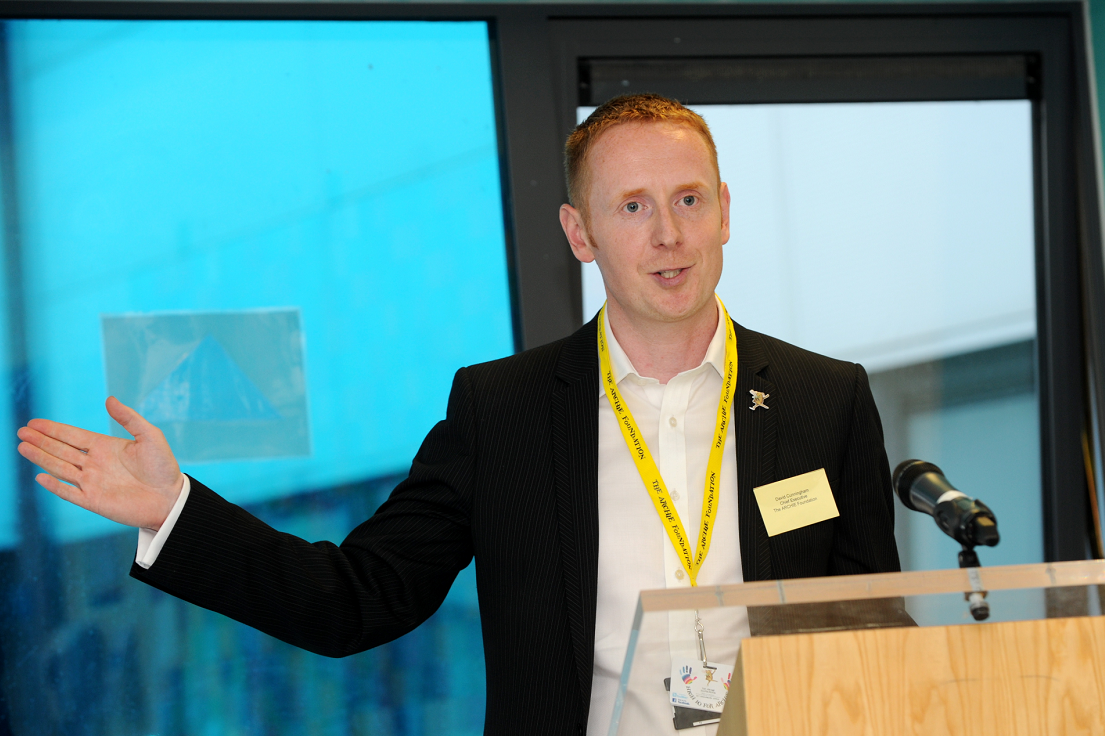A north-east charity boss has put forward a raft of changes to ensure potential donors do not feel pressurised by fundraisers.
David Cunningham, the chief executive of the ARCHIE Foundation, compiled the report as part of a UK-wide review into how charities raise their funds.
Mr Cunningham leads one of the four task forces asked to draw up plans to tighten the rules governing charities in Britain.
It comes after the death of 92-year-old poppy seller Olive Cooke, who was bombarded by requests from charities in the months before she took her own life.
Although her family say the grandmother suffered depression and aggressive fundraising was not to blame, there was public outcry when it emerged she was being bombarded with 260 letters a month from charities.
Prime Minister David Cameron ordered charity regulators to launch a review of their practices, and the Institute of Fundraising – of which Mr Cunningham is a committee member – set up the task forces.
Mr Cunningham, who is chairman of the Scottish standards committee of the Institute of Fundraising, has consulted with more than 70 charities north of the border to create his recommendations to the charity body.
He said: “The key recommendations I have made are designed to make it significantly easier for members of the public to control how many fundraising ‘asks’ they receive.
“Typically these mailings are sent through the post, and they will now have to have an option to opt-out of future mailings as an absolute minimum.
“I have also recommended that charity trustees be required to review the mail that is being sent on their behalf, so the people actually in charge of the charity should be receiving the same mail that is being sent to the public.
“They’ll know if it’s too much or perhaps too aggressive.”
The other three task forces have also made recommendations, including a ban on charities selling on their donor’s private information, and an assurance that a charity’s telephone operators must end phone calls with potential donors as soon as they are asked.
Mr Cunningham said: “I believe the new rules, once implemented, will make charity fundraising live and operate within real values of being more than just legal, but respectful, open and honest.”
